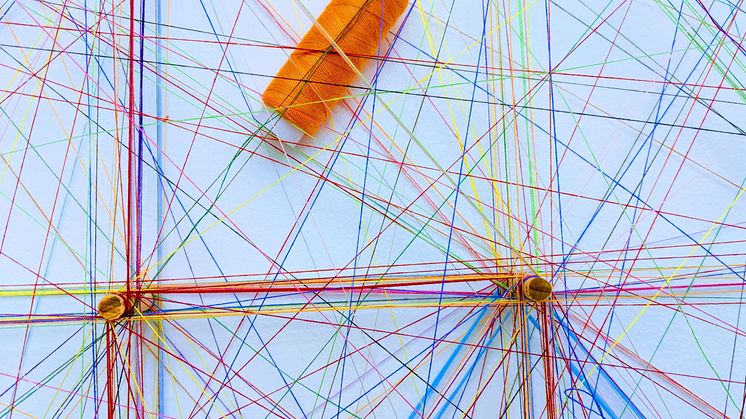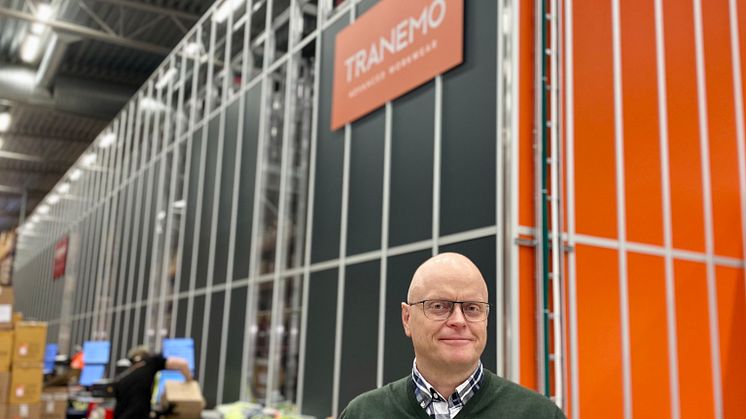
Blog post -
Three common mistakes that occur during integration projects
IT projects tend to grow in scope. In many cases, work becomes more complicated and costly than initially expected. Integration projects are no exception to the rule and many times problems increase as the project progresses. This is often due to poor preparation and relatively simple parts of the project either being missed or underestimated.
“In an integration project, you need to work systematically and avoid unproven fast tracks. Cutting corners has never been a recipe for success. Successful projects are based on experience which enables you to get it right from the outset. If you take the time to do the groundwork and, if necessary, take expert advice, you are more likely to finish the project on time and to budget”, comments Connect Companies/Blue Integrator’s integration expert Henrik Aronsson.
Henrik Aronsson lists three common mistakes that take place during an integration project and how to avoid them:
• You use direct integrations (one-to-one) and do not do enough preparatory work. To succeed, it is necessary to do extensive groundwork with mapping and systematization. It never pays to be in a hurry to code, or not to put enough emphasis on structuring and using a common in-house format.
• The project has too little focus on security. Often external communication is not secure enough. For example, everything sent needs to be encrypted and requires authentication. With a modern integration engine, it is possible to reduce the number of connections and interfaces which lowers the possibility of a hacker being able to access the system.
• Error handling is underestimated or missed entirely. Errors will always occur. The question is how they should be managed. As soon as errors are detected they should be dealt with as quickly as possible. Even minor errors can have major consequences, especially if they are not dealt with immediately. Examples of errors include messages that do not match set rules, an order that lacks an item number, or numbers are used rather than letters. It is important to manage errors and identify who should fix them. Over time, not correcting mistakes can be costly and detrimentally impact relationships with customers and partners.
Using an integration engine versus direct integration
Instead of registering and fetching information from many different subsystems, an integration engine, like Blue Integrator, can handle all the information from one place. Unlike solutions with many direct integrations, using an integration engine means that information only needs to be registered once, saving time and resource while reducing the risk of errors. It is also significantly easier to add to the system, upgrade and change processes over time. Blue Integrator is easy to implement and enables a very large number of integrations, including ERP-systems like SAP, Microsoft Dynamics 365, Pyramid, Jeeves and Garp.




















